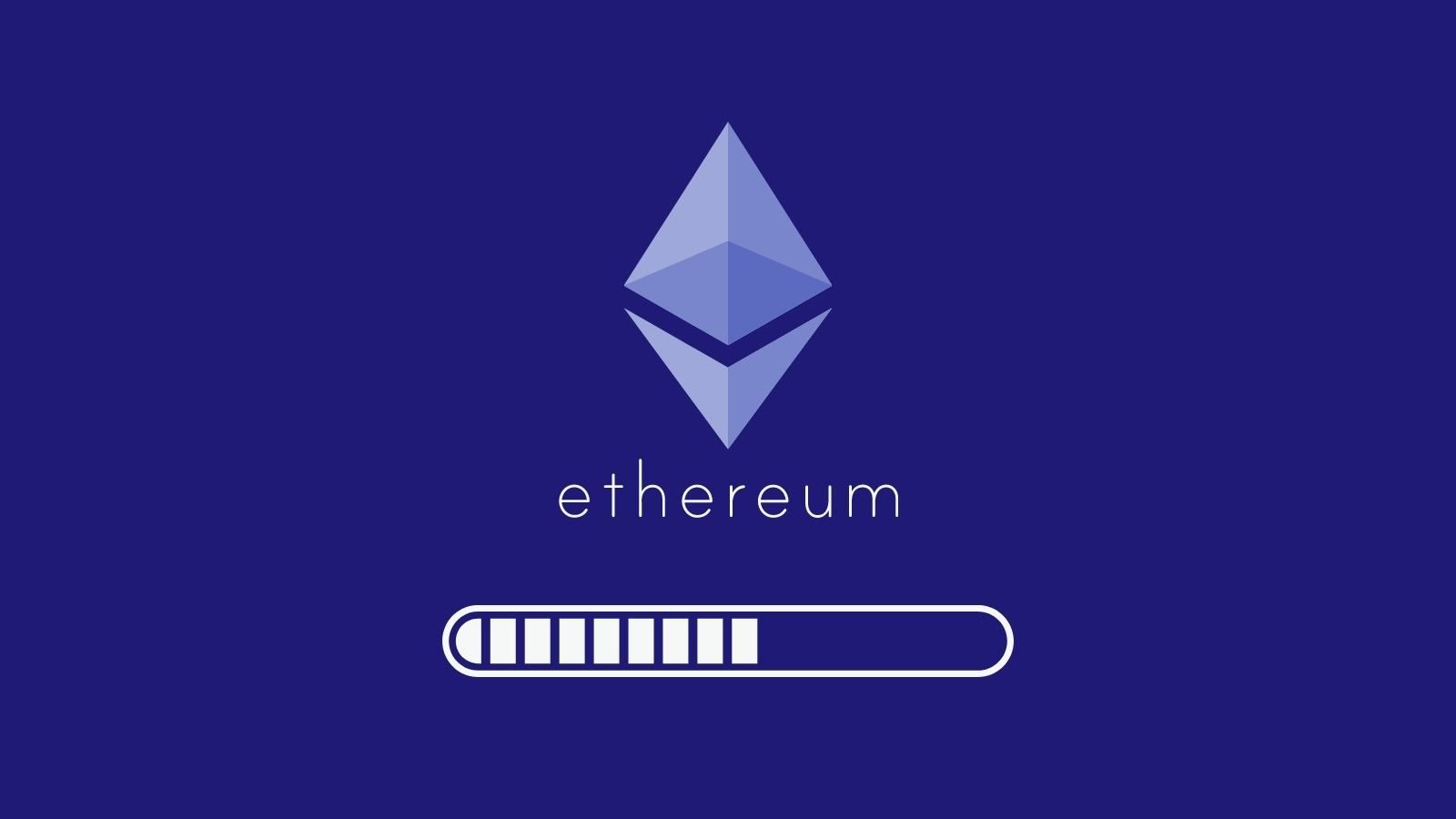The Ethereum blockchain has finally completed its long-awaited Merge upgrade, switching its network from proof-of-work (PoW) to the more energy-efficient proof-of-stake (PoS) model. Ethereum co-founder Vitalik Buterin announced the event by wishing a “Happy Merge all,” stating that it had been a dream for years.
- The update changed Ethereum’s transactions and the creation of Ether tokens.
After the Merge update, only two networks using the PoW model are left: Bitcoin and Dogecoin. - More than 41,000 people watched the Merge event live at its peak.
- Some crypto exchanges, including Binance and Coinbase, suspended Ether trading during the event to prevent hacks and bugs.
- The Merge update started being planned seven years ago and was under test for about two years.
Why It Matters: In cryptocurrencies using the PoW model, computers have to perform complex algorithms to confirm transactions and add them to the blockchain. This process allows new coins to be mined. However, it requires massive amounts of computing power and electricity. In the PoS model, users pledge their existing coins to validate transactions, requiring much less electricity consumption.
- The Merge reduced the Ethereum network’s energy consumption by 99.95%.
- The energy consumption for validating and securing cryptocurrency transactions on the Ethereum network has fallen to just 0.01 TWh, down from 112 TWh yearly.
- This also caused worldwide electricity consumption to drop by 0.2%.
- The Ethereum Foundation said that the number of new coins issued per day dropped by 90% after the Merge.
- The update will also make the Ethereum network more secure and decentralized since it prevents Ether mining from grouping in specific areas of the world where the electricity and internet are much cheaper and more secure.
- While the user experience on the network won’t change in any aspect, the Ethereum blockchain will be cheaper and faster.
Key Stats: The Ethereum network currently hosts 3,500 active decentralized apps, making the blockchain really energy-inefficient on the previous PoW model.
- Before the Merge, the Ethereum and Bitcoin network together consumed more energy in a year than Indonesia and Thailand, with an annual energy consumption of 212 TWh.
- The Ethereum network alone used to consume about 112 TWh of electricity per year, about the energy needs of a country almost the size of the Netherlands.
- A single Ethereum transaction used as much power as an average US household in a single week.
- In 2021, the data company Statista created a chart placing Bitcoin within the ranking of all the countries based on their energy consumption. The chart showed that the popular cryptocurrency devours more electricity than almost 70% of the countries in the world. If Bitcoin were a country, it would be the 27th most energy-demanding nation on Earth.
Stake-and-Earn: In the PoS model, investing and staking more coins increases the possibility of being rewarded with new ones.
- Each Ether staked by the investors will generate a 5.2% return.









